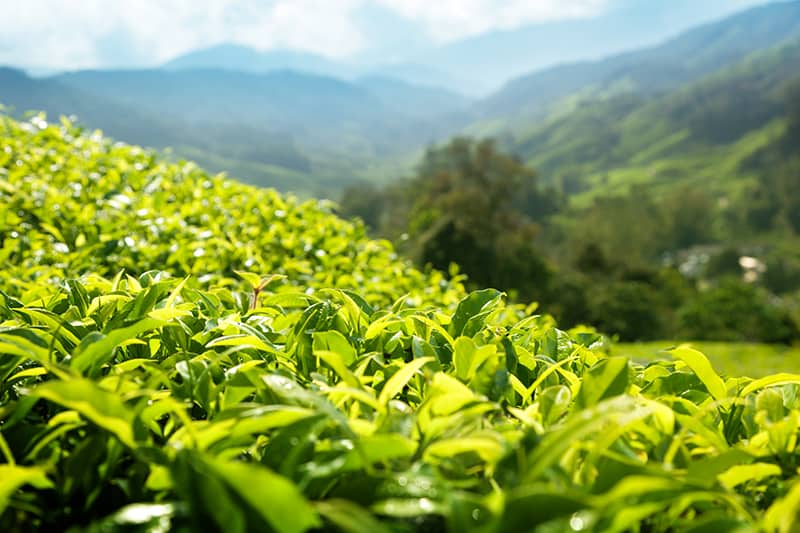- Home >
- Camellia Plants
Camellia Plants for Sale - Buying & Growing Guide
Do You Know Your Growing Zone? i Growing zones help determine if a particular plant is likely to grow well in a location. It identifies the average annual minimum winter temperatures across the U.S. provided as a map by the USDA.
6 Results
Camellia Plants – Buying & Growing Guide
Few plants give you as much value for your money as the camellia. Their blooms are spectacular and profuse, yet they can grow in partial shade and ask only to be placed in acidic soil to flourish. To find the right one for you, shop our camellias and choose one or more for your home.
How to Plant Camellia Plants
Camellias have a reputation for being finicky, but if they are properly placed, they are easy to care for. They prefer dappled sunshine or morning sun, roughly four hours of light a day, with shade during the hot afternoon. They like soil that drains well and is somewhat acidic, with a pH of 5.5 to 6.5. It’s a good idea to do a soil test before you plant your camellia, because getting the right pH is essential for growing robust plants. If yours is too high, add a soil acidifier well before planting.
Another key element in keeping your camellia happy is to plant it so the top of the root ball is slightly above the soil grade. Don’t cover the entire root ball with soil — leave the uppermost part open to the air, then mulch lightly around the plant’s root ball. This will allow rain or supplemental water to drain appropriately away through the soil and not puddle at the base of the trunk.
How to Grow Camellia Plants
- When. Camellias are best planted in early spring or later in fall before the ground has frozen.
- Where. Plant your camellia in well-draining, acidic soil, in a spot where it will get partial sun but some afternoon shade.
- How. Dig a hole that’s twice as wide and not quite as deep as the root ball. Unpot the plant and tease out encircling roots. Place it in the hole so the top of the root ball is slightly above grade. Backfill with soil mixed with well-rotted compost or manure, and cover with mulch. Water well once a week for its first year.
How to Care for Camellia Plants
- Watering and nutrients. A mature camellia will only need supplemental watering during drought conditions. Fertilize your camellia in the spring after flowering and again in midsummer, using a balanced formula such 8-8-8-or 10-10-10; the best fertilizers are those formulated for acid-loving plants such as azaleas.
- Pruning. Prune out weak, diseased, or damaged branches whenever you see them, saving your major pruning for right after it’s finished blooming. Remove spent flowers and prune to an attractive shape, which will increase bushy growth.
- Pollination. Camellias are pollinated by insects and birds. Many varieties are self-sterile, however, and they’re often propagated vegetatively by using cuttings taken from a mature plant.









